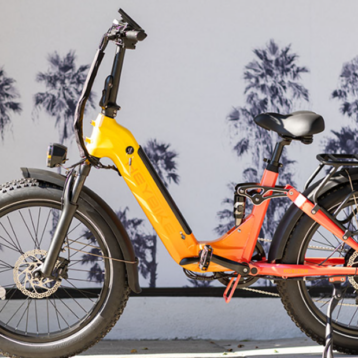|
One of the obstacles scientists face when trying to create fuel-cell-based vehicles is weight. In order to deliver a high enough power output, a number of cells have to be connected in a series. Normally, manufacturers stack the fuel cells, assembling a structure that consists of several metal plates. Each plate contains one channel for air and one for hydrogen. However, this structure makes the fuel cell stack quite heavy, and for airborne units such as unmanned helicopters this is a big disadvantage. The new fuel cell could help solve this problem.
According to the researchers, the new fuel cell could provide high power density of 400 watts per kilogram, an accomplishment which has so far been made only in considerably larger systems weighing several hundred grams. The new fuel cell, on the contrary, is light enough to power a twenty-centimeter helicopter. Among the missions the new unit could perform are locating victims trapped in fallen buildings, monitoring traffic, or investigating tracts of land that have been contaminated by chemical or radiological agents.
|
IZM team leader Dr. Robert Hahn explained how the researchers managed to dramatically reduce the weight of the fuel cells. “We use very thin, planar fuel cells, and we have replaced the metal plates by lightweight plastic spacers.” Furthermore, the researchers have no need for an additional pump to provide an adequate air supply, since the wind generated by the helicopter’s rotor blades goes directly into the air vents. The scientists had to devise a solution for the hydrogen supply, too, as a conventional pressure tank would be too heavy for the helicopter. “We have built a small reactor containing solid sodium borohydride. If we inject water, this produces hydrogen,” declares Hahn. Since the helicopter always needs about the same amount of energy to stay in the air, the reactor always has to produce a consistent quantity of hydrogen. A prototype of the lightweight fuel cell has already been built.
If all of the project’s objectives are achieved on schedule, it is expected that a fuel cell powered helicopter will take off in just over a year’s time. For the scientists, the next step is to adjust the hydrogen production to cater for fluctuating energy requirements. Moreover, they are looking forward to implement the technology in other applications, such as charging points for laptop computers and cell phones.
TFOT has also covered the development of super fuel cells, which improve the power output of a certain type of fuel cell by more than 50 percent, and the first hydrogen powered manned flight, accomplished by Boeing. Other related TFOT stories include the development of a new solar powered unmanned aerial vehicle and the Eco-car, which achieved an unbelievable traveling distance of 3,039 km using only one liter of fuel.
For more information on the new fuel cell, see Fraunhofer Institute’s website.












